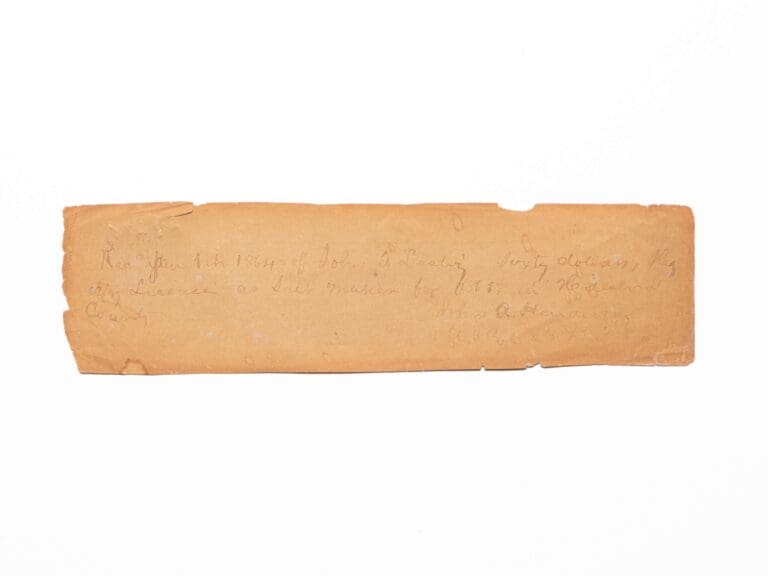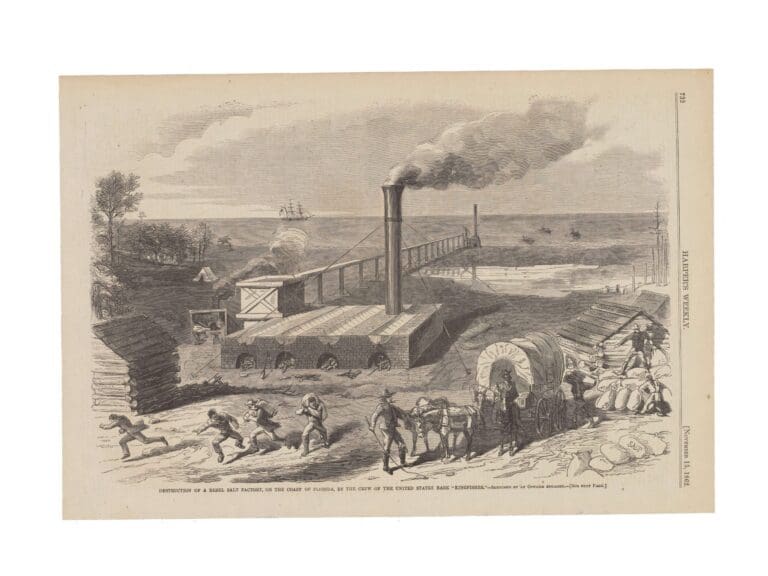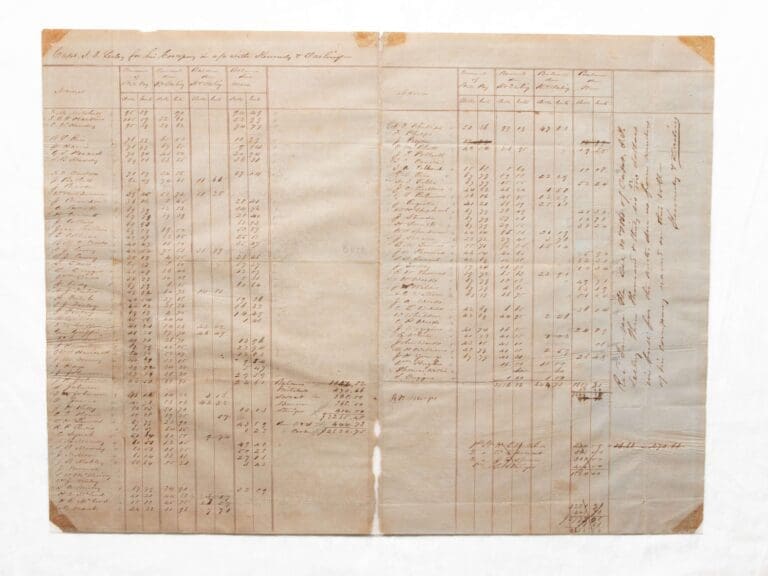Salt Works Receipt From Hillsborough County
This 1864 $60 tax receipt was for John Lesley’s salt works on the Alafia River. This and hundreds of other salt works along the Florida coast provided badly needed salt to the Confederate States of America during the U.S. Civil War.
Hillsborough County Historical Commission
Before the outbreak of the Civil War, cheap imported salt from Britain was transported to southern states. The Union military’s blockade of the Confederacy, however, blocked these shipments. To fill the void, Floridians like Lesley constructed salt-making operations along Florida’s 825 miles of coastline. Thousands of Floridians, many of them enslaved, worked at these salt works, including Tampa’s Sarah Hanes Brown. The largest Civil War-era salt operation, valued at $3 million, was in the panhandle’s St. Andrew’s Bay. Union forces regularly raided Florida salt works, destroying equipment and scattering the workforce.
Three Fast Florida Facts
- Union and Confederate forces did not fight any major battles in Florida, and Tallahassee was the only Confederate state capital east of the Mississippi river that the U.S. military did not occupy during the war.
- Florida’s Cow Cavalry was created to protect cattle herds, salt works, and other goods Florida supplied to fellow Confederate states during the war.
- Even though Florida seceded from the U.S. in 1861, over 2,000 Floridians served in the Union military during the war.
